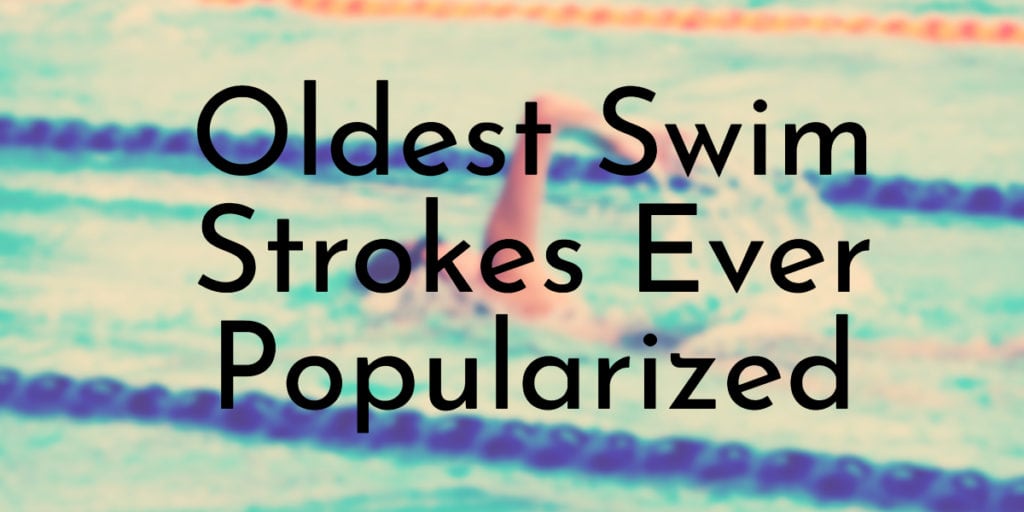Everyone loves to swim, and everyone has their favorite strokes to get from point A to point B. The butterfly, the breaststroke, and the backstroke are all well known and widely practiced throughout the world. But what about these other weird-sounding swimming strokes? Are they even real? And if so, how old can a swimming stroke possibly be?
If you’re a swimmer, you know that there are many different kinds of strokes out there. But do you know their history? If not, don’t worry; we have you covered! Read on for more information on the four oldest swimming techniques that have ever been popularized.
4. Backstroke
Year Started: Late 1930s
Former/Other Name: Back Crawl
Purpose: Allow you catch breath; lower your heart rate
Popularized By: Yujiro Morningstar
The backstroke has a slight body roll, and it is performed by kicking up and down with each stroke. This allows swimmers to rest from other strokes. It is also used as a competition stroke, but it can also be used for recreational swimming when other strokes are too tiring.
Did You Know?
Backstroke is actually the only stroke in swimming where you are allowed to touch the wall with your hands during a race. This can give you a bit of an advantage if you need to stop and catch your breath, or if you need to make a quick turn.
3. Butterfly Stroke
Year Started: 1933
Former/Other Name: Dolphin Kick
Purpose: Simplify the breathing process
Popularized By: Sydney Cavill
The butterfly became a recognized competitive stroke in 1953 after some dispute. Instead of continuing to employ the frog kick as before, dolphin kicks that simply need up-and-down leg movement were adopted. A dolphin kick and an arm pull were later swimming techniques. Every second or third stroke, the head is raised to allow for breathing in sprint competition.
Did You Know?
It is often considered to be the most difficult of the four main swimming strokes, due to the coordination and strength required to perform it correctly.
2. The Crawl Stroke
Year Started: Late 1890s
Former/Other Name: Unknown
Purpose: Allow you improve speed and stroke efficiency
Popularized By: Henry Wickham
The arm movement of the crawl is similar to an ancient sidestroke and involves dragging one arm up and down alternately with the other, while the leg action involves fluttering up and down twice for each arm stroke. An additional pair of leg movements were then added by early American imitators, and eventually up to six goals were utilized on each side.
Did You Know?
The crawl stroke is often used in competitive swimming as it is one of the fastest strokes and can help you win races.
1. Breaststroke
Year Started: 1600s
Former/Other Name: Sidestroke
Purpose: Improve chest muscles and hamstrings
Popularized By: Melchisédech Thévenot
Popularized by Melchisédech Thévenot, the stroke is executed while submerged face down in the water with the arms always submerged. At the end of the frog kick in the early breaststroke, there was a brief glide. Later, the glide was replaced by the competitive breaststroke. The breath was inhaled at the start of the arm stroke in the traditional breaststroke, but at the conclusion of the arm pull in the later type.
Did You Know?
Breaststroke is the most efficient way to swim because it uses the least amount of energy and moves your body in a straight line.











